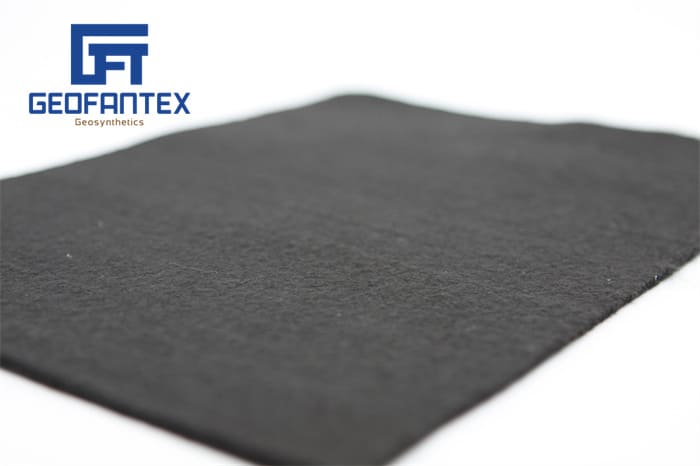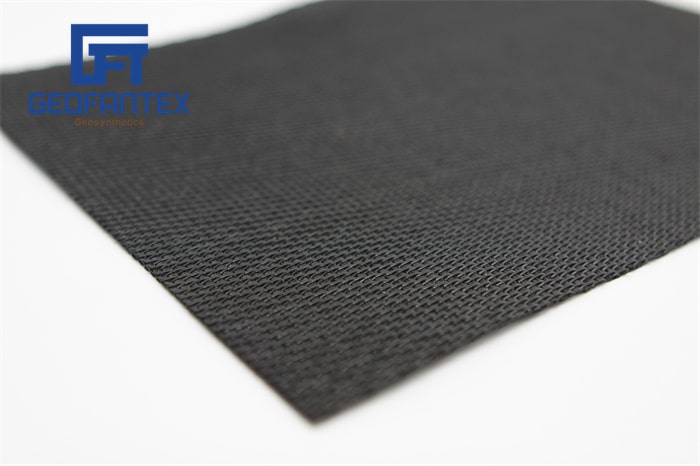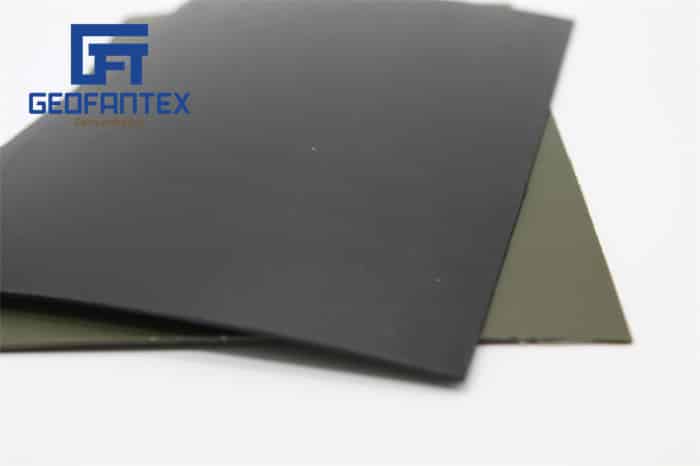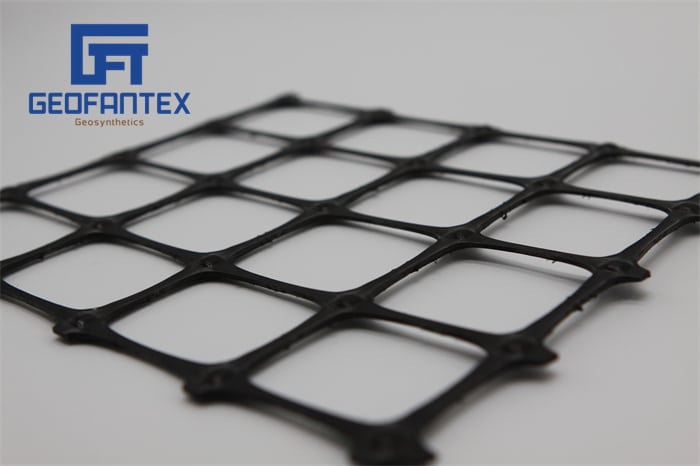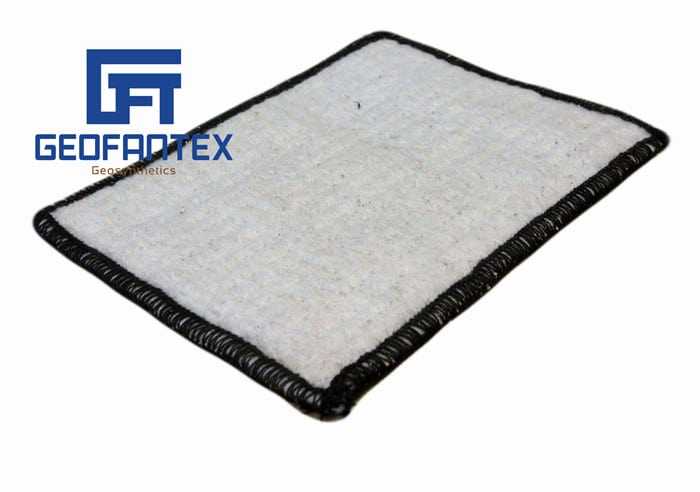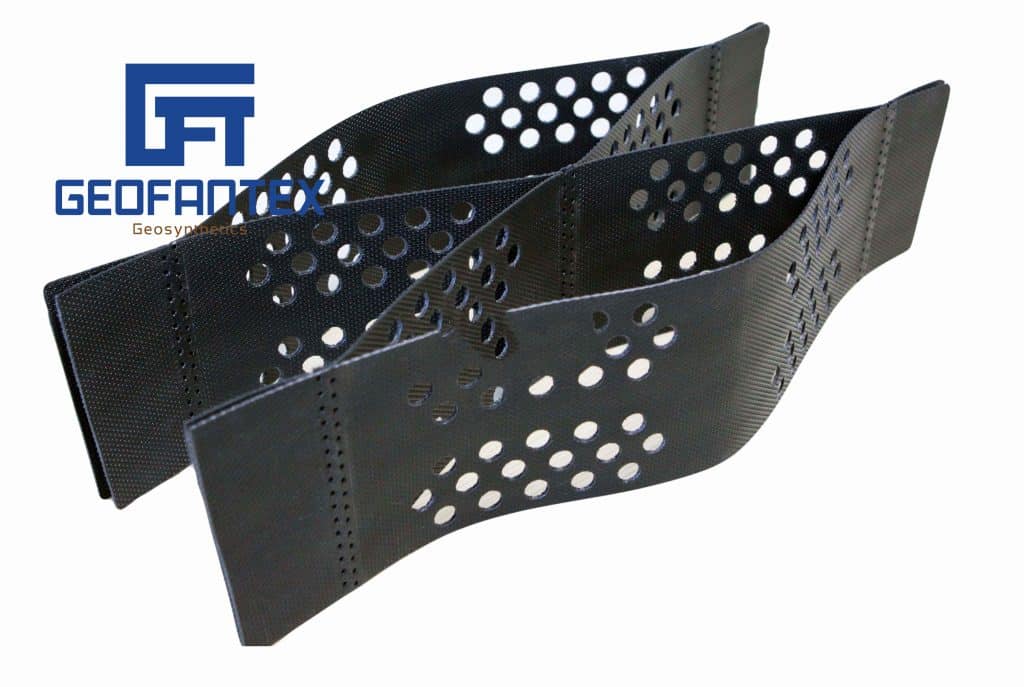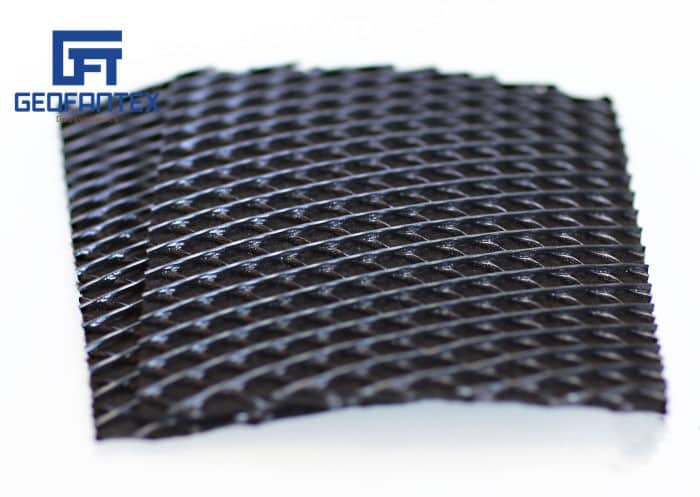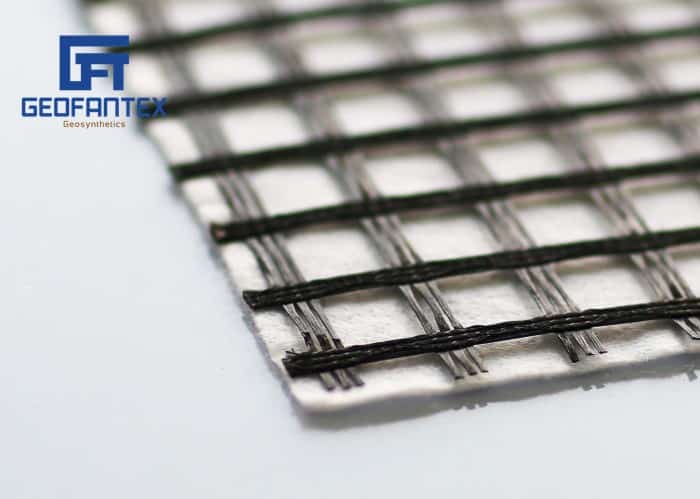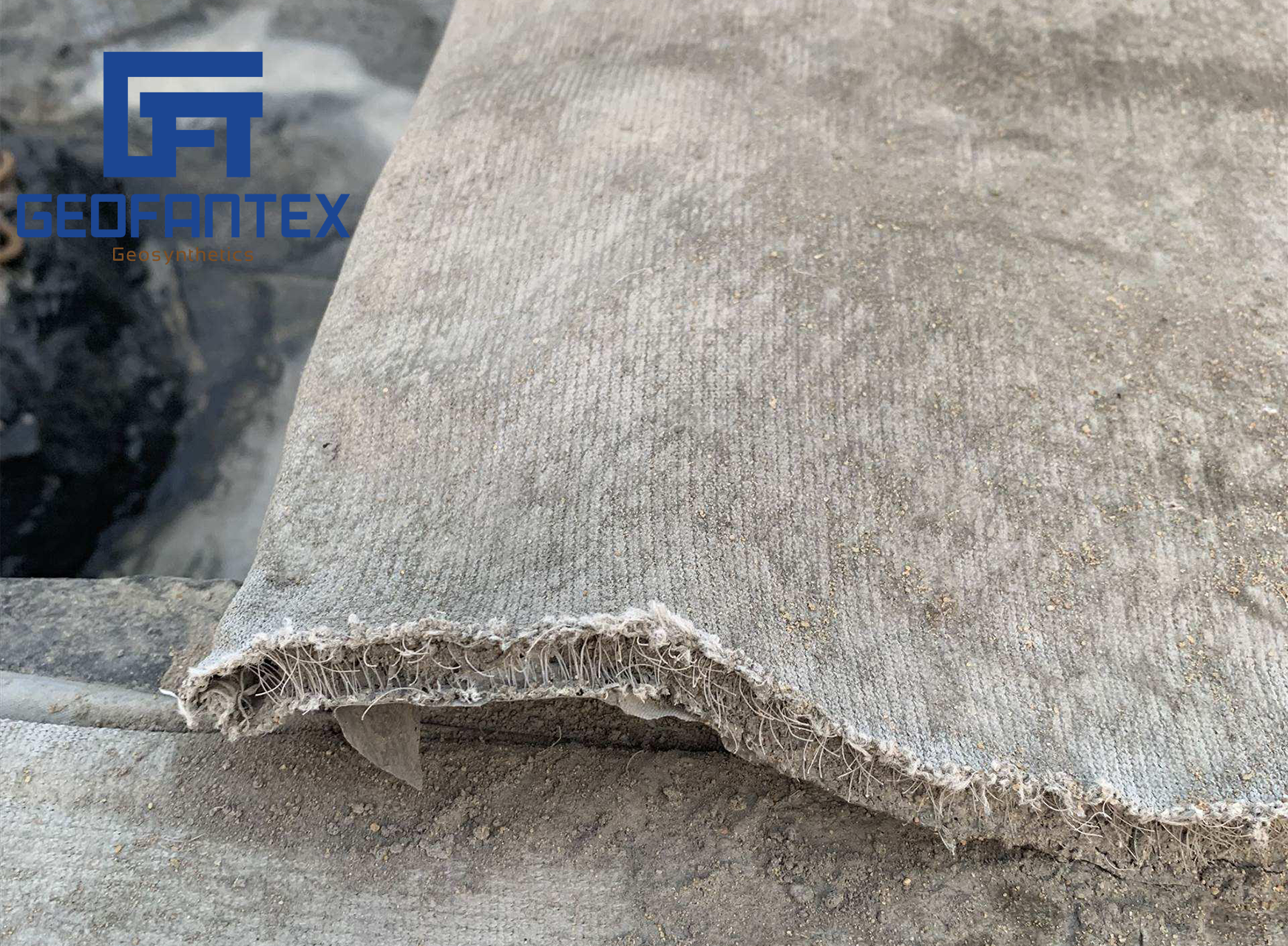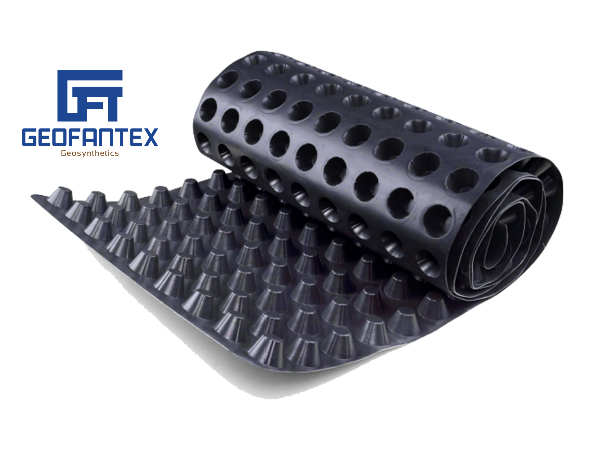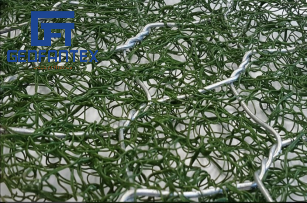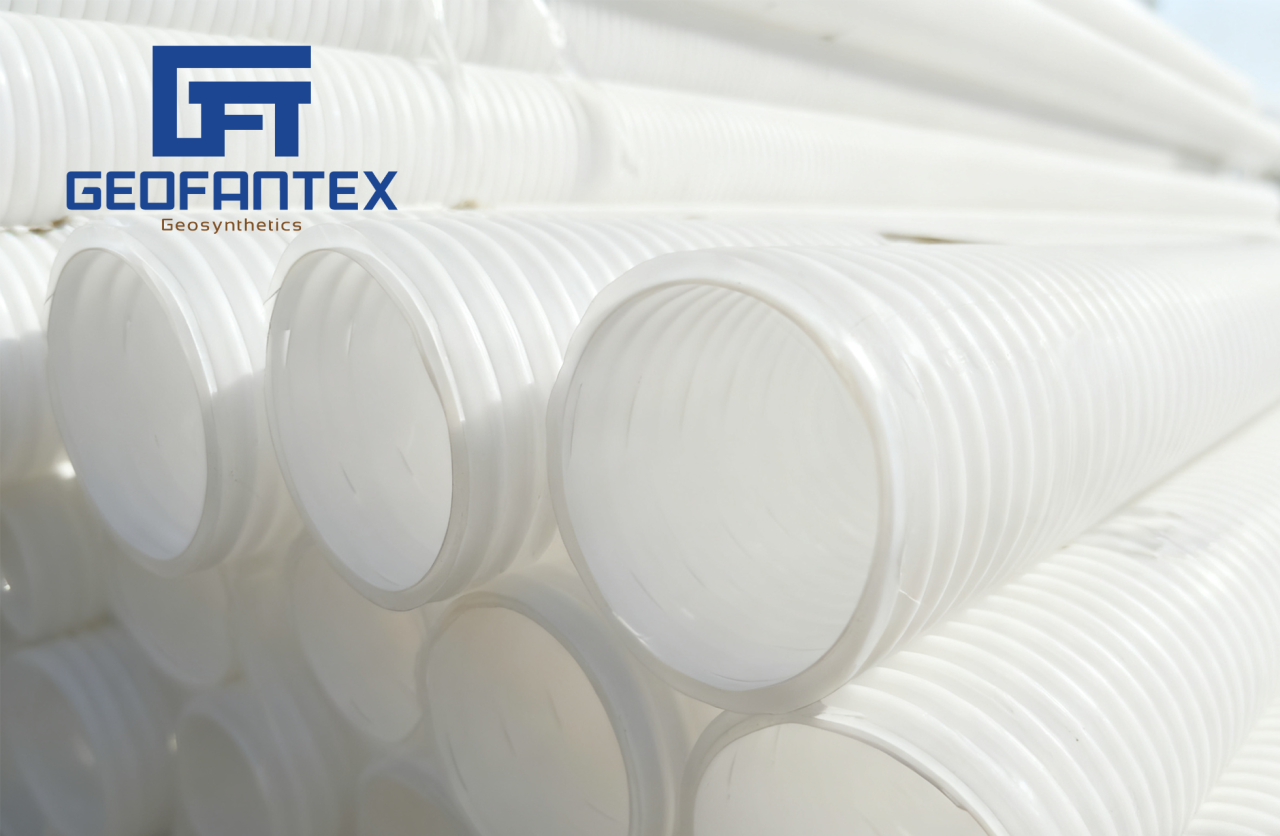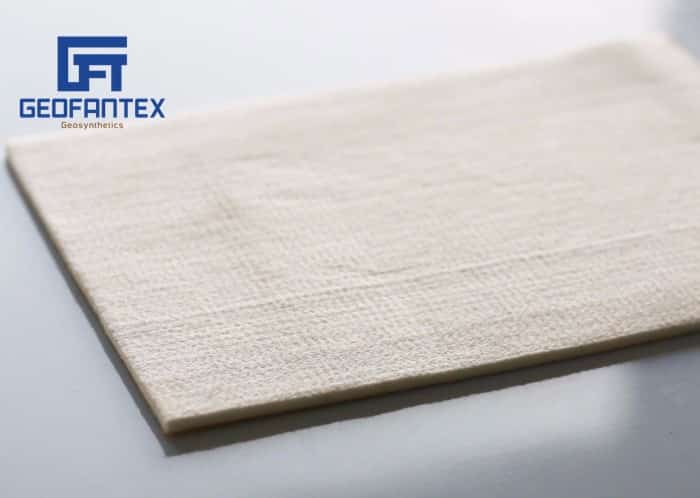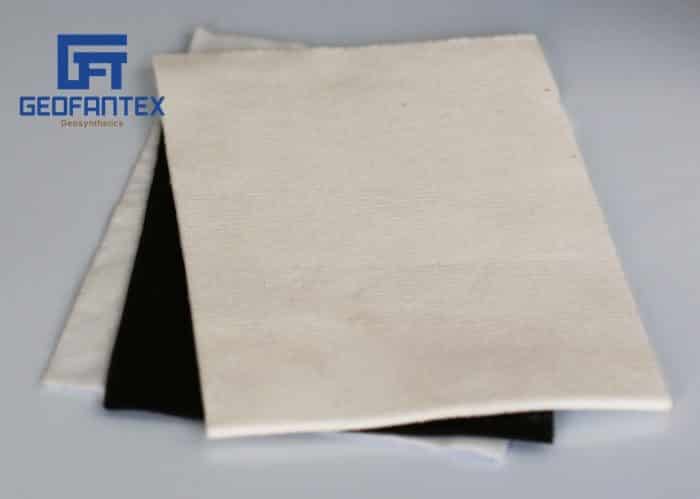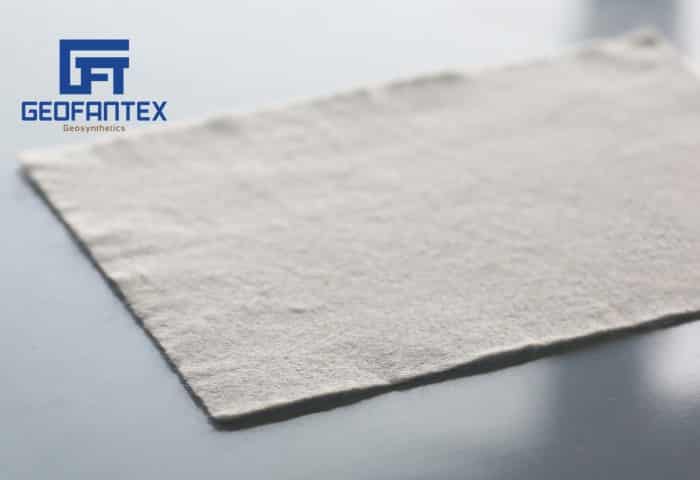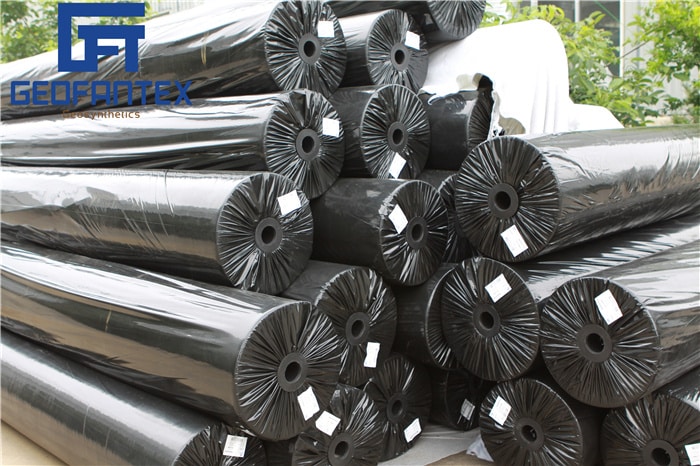+86-159 9860 6917
info@geofantex.com
geofantex@gmail.com
+86-400-8266163-44899
Geocells are three-dimensional cellular confinement systems that provide numerous benefits to road construction projects. In this article, we’ll explore the use of geocell in road construction, the requirements for implementing this solution, and answer important questions about its advantages and practical applications.
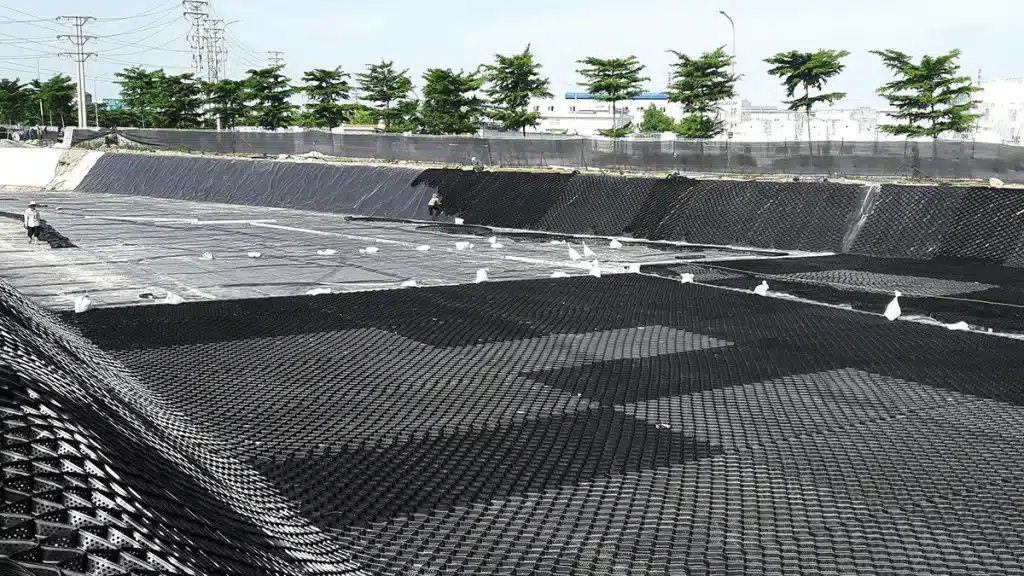
What is the use of geocell in road construction?
Geocells are a type of three-dimensional, honeycomb-like structure made from polymer materials, commonly used in road construction to improve the strength and stability of the underlying soil. When used in road construction, geocells serve several important functions:
- Improved Load Distribution: Geocells help distribute the load from traffic more evenly across the road foundation. This reduces the pressure on the soil and prevents excessive settlement or failure of the subgrade, particularly in areas with weak or loose soils.
- Soil Stabilization: The honeycomb structure of geocells confines the soil inside each cell, preventing lateral movement and providing reinforcement. This enhances the shear strength and overall stability of the soil, which is critical for supporting road structures over time.
- Reduction of Subgrade Deformation: Geocells help prevent the deformation of subgrade materials by limiting their lateral spread under heavy loads. This helps maintain the road’s shape and integrity, especially in areas with soft or compressible soils.
- Improved Drainage: Geocells can also help with water drainage beneath the road surface. Their open-cell structure allows water to pass through more easily, preventing the buildup of water pressure beneath the road and reducing the risk of erosion or subsidence.
In short, geocells provide a cost-effective, efficient solution for stabilizing road foundations, especially in challenging soil conditions or areas prone to heavy traffic loads.
How does geocell benefit road construction environmentally?
Geocell-based road construction promotes sustainability. By strengthening the base layer, geocells reduce the need for excavation and replacement of poor-quality soils. This not only minimizes resource consumption but also decreases the environmental impact associated with traditional road construction methods. Additionally, geocells support natural vegetation growth, making them an eco-friendly choice for many projects.
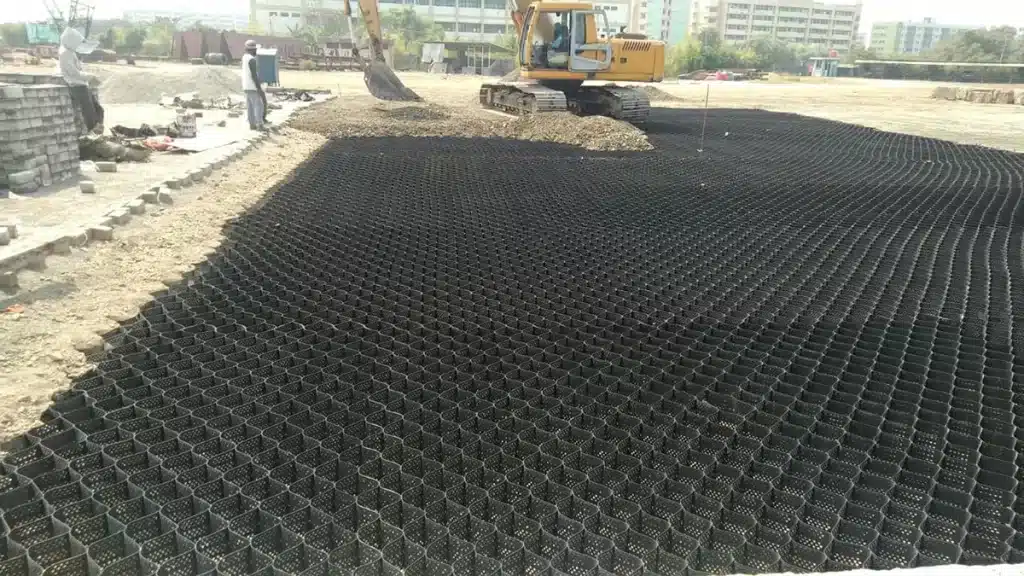
Are geocells suitable for all types of road projects?
Geocells are versatile and can be used in various road construction projects. They are particularly beneficial in situations where soil conditions are poor or unstable, such as areas with expansive clays or soft subgrades. Geocells can also be employed in highway construction, unpaved roads, parking lots, and even for erosion control on slopes and embankments.
What are the long-term advantages of using geocells in road construction?
Geocell-based road construction offers several long-term benefits, including increased road lifespan, reduced maintenance costs, and improved safety. Roads constructed with geocells are better equipped to withstand heavy traffic loads, resist settling, and endure harsh environmental conditions. This means fewer repairs and maintenance, leading to cost savings for the community and a safer, more reliable road network.
In conclusion, the use of geocells as a base material in road construction is a sustainable and economically viable solution. It enhances road performance, reduces environmental impact, and ensures long-term durability. When implemented with the necessary requirements and expertise, geocells can revolutionize the way we build and maintain our roads, making them more resilient and eco-friendly for future generations.
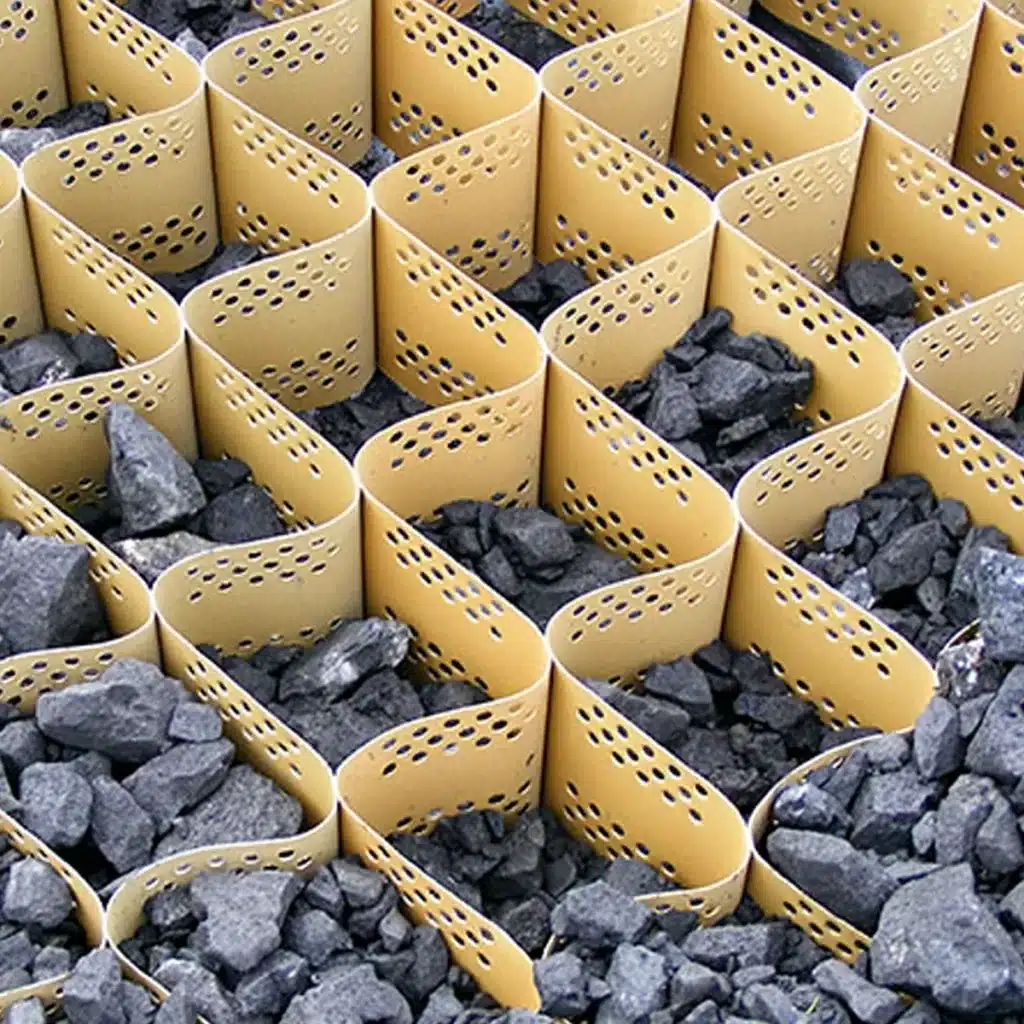
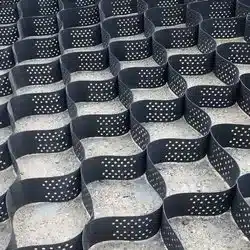
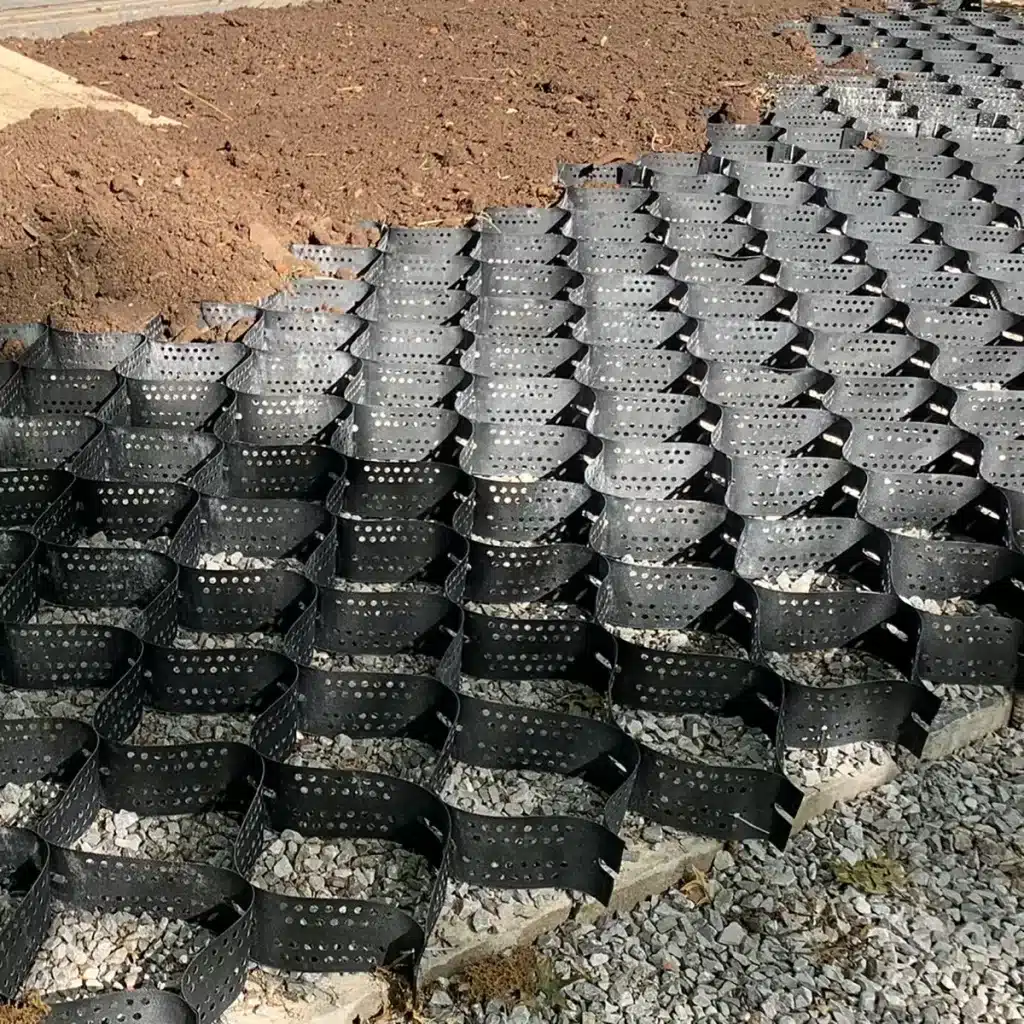
Get Free Sample
We’ll respond as soon as possible(within 12 hours)

